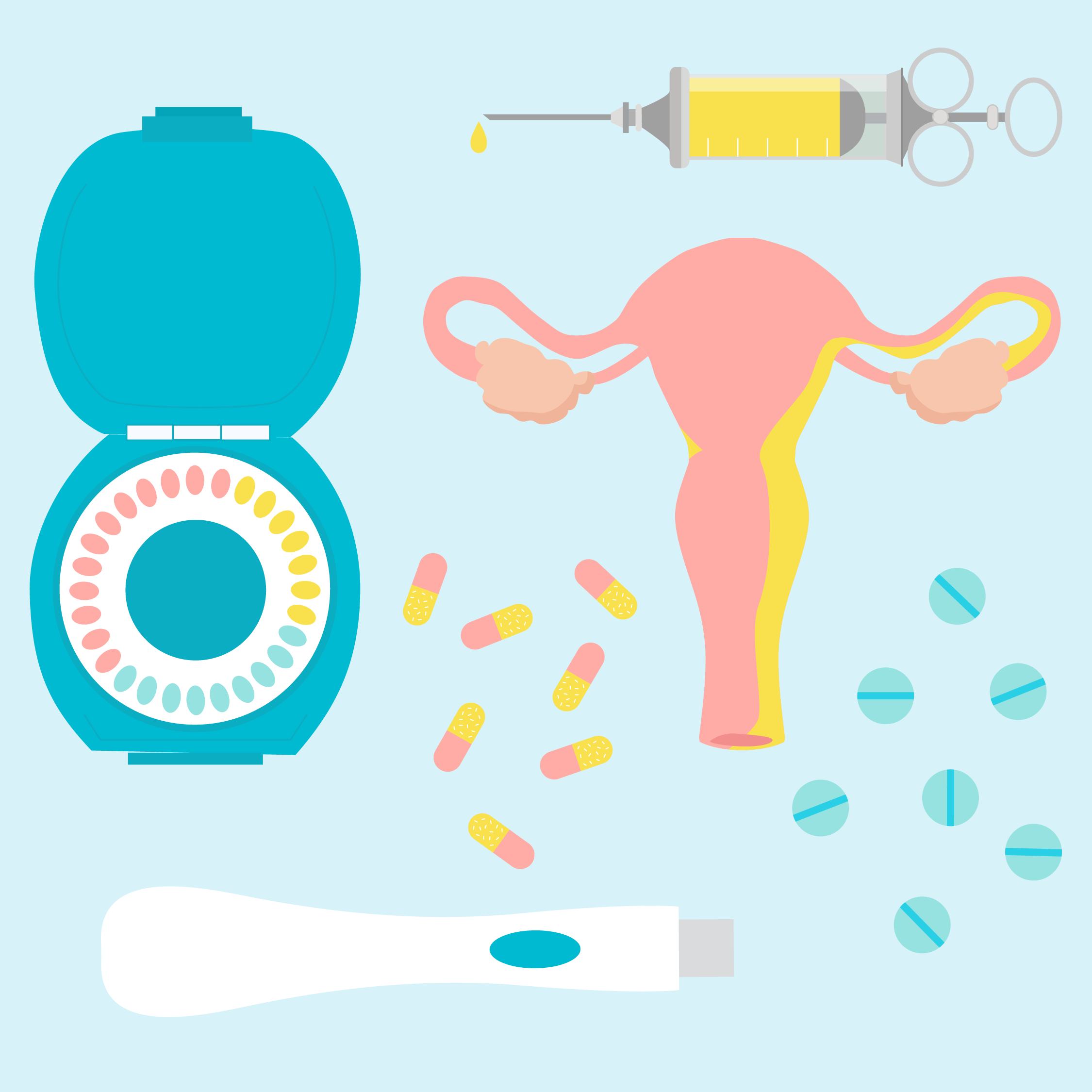
The journey to parenthood looks different for every couple. For those in need of fertility support and treatment, knowing where to start is sometimes the hardest part. It may be easy enough to find a list of centers near you, but what's not so easy to determine is which center will be right for you.
Fertility clinics in the United States are required to report and verify data on their Assisted Reproductive Technologies (ART) cycles to the Centers for Disease Control (CDC) that are started and carried out in their clinics, and the outcomes of these cycles, during each calendar year. This includes success numbers of every treatment from IVF and IUI to embryo transfers. According to the CDC, in 2017 there were a total of 448 clinics that reported data to them.
That is an overwhelming number, but the CDC has created a user-friendly interactive map that allows you to search by location for stats on clinics in your area. Here's how to use it, and interpret the CDC's ART report.
Using the CDC\’s Latest ART Report
To narrow down your results, you can click on your state, or search by zip code and radius surrounding it. Depending on your state, you may have more clinics in a more concentrated distance.
From here, the tool will show you the clinics within the parameters you've set, listing the clinic name along with address and phone number. You can click on each location to further see the ART data.
Once you've chosen your clinic, it will pull up a profile with specific tabbed categories for you to search under.
Current Services & Profile
This the first tab which lists the clinic's location information and its Medical Director, as well as two columns about the services that clinic provides and the clinic's summary for the last reported year's ART. (In this case, it is 2016.) This is a quick-hitting column that lists the clinic's stats about: Total cycle, banking cycles, Pregnancies, Deliveries, Total infants born, Singleton infants (meaning one-child births), and Multiple-birth infants (twins, triplets, or more).
Patient Characteristics
This tab allows you to see three different categories of patients that used ART at your local clinic. The first, the ages of patients who used ART at your local clinic. You can also click on the tab above the chart to compare those ages to the national data. These range from under 35; 35-37 years-old; 38-40 years-old; and over 40 years-old.
The second category breaks down the different 'diagnoses' of patients that led to them seeking ART. There are 10 different categories: tubal factor; uterine factor; ovulatory dysfunction; diminished ovarian reserve; endometriosis; male factor; other factor; unknown factor; multiple female factors only; and multiple female and male factors. You can view the stats for your clinic only, and compare it to national figures.
The third category are the different ART cycles, and the percentage of patients that used each type: fresh embryos from fresh nondonor eggs; frozen embryos from nondonor eggs; and fresh or frozen eggs from donor eggs. Again, you can compare the local clinic amounts vs. the national amounts.
Success Rates
This is one of the most extensive tabs of the report that focuses on the success rate of ART cycles. According to the CDC, births are defined as term if at least 37 full weeks gestation and normal weight if at least 2,500 grams.
You can search the success rates for each of the 10 different diagnoses (tubal factor; uterine factor; ovulatory dysfunction; diminished ovarian reserve; endometriosis; male factor; other factor; unknown factor; multiple female factors only; and multiple female and male factors) in 3 separate categories: fresh embryos from nondonor eggs; frozen embryos from nondonor eggs; and fresh or frozen eggs from donor eggs. You can also view this information for embryo stage at transfer: Cleavage stage transfer and Blastocyst stage transfer.
You can compare all of these statistics to national data, and the age of women who received treatments.
Detailed Data Summary
This is a one-page summary of the entire report of your clinic's statistics. At the top of this section you can also view archived reports of past years. These ART Success Rates Reports have been published annually since 1997.
Tips on Finding the Right Clinic
We asked three top fertility doctors to offer their advice on how to find the best fertility clinic for you. Here is what they had to say.
What to look for in a fertility clinic:
Dr. Zev Williams, chief of reproductive endocrinology and infertility at NewYork-Presbyterian/Columbia University Irving Medical Center
Tricks for choosing a fertility doctor:
Tarun Jain, MD, medical director of Northwestern Medicine Fertility and Reproductive Medicine Oakbrook Terrace
The best fertility resources to get educated:
Joseph Alukal, MD, urologist with NewYork Presbyterian/ Columbia University Medical Center

